 Recently Herb and I went out on a date. We wanted to try a new, hot restaurant called 1900 so we made a reservation. Good news? We got in. Bad news? The only thing left open was at 6:00 pm. Now that might explain what happened next, but it was still shocking, and unwelcome, and altogether uncalled for.
Recently Herb and I went out on a date. We wanted to try a new, hot restaurant called 1900 so we made a reservation. Good news? We got in. Bad news? The only thing left open was at 6:00 pm. Now that might explain what happened next, but it was still shocking, and unwelcome, and altogether uncalled for.
The restaurant tucked discreetly off the street, was beautiful and sophisticated, decorated in austere gray and white with floor to ceiling windows. The elegant atmosphere was just quiet enough to make it seem extra special. We followed the hostess (who looked like she was twelve) to our table and sat down, grinning because we were so excited to be out together.
We giddily nodded as our waiter delivered water, took drink orders, and recited the specials, so we didn’t immediately notice where we’d been seated. It was a corner table, one of the best in the room where we had a lovely view of everyone in the place.
It wasn’t the table that bothered us, it was the company! It looked like we were dining in an upscale nursing home! Everyone in that room was OLD!
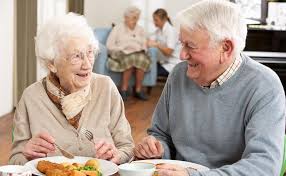 I looked at Herb and asked, “Did we cross over to this status without our knowledge? What’s with the all the raisins?”
I looked at Herb and asked, “Did we cross over to this status without our knowledge? What’s with the all the raisins?”
He smiled and said, “Well, we are eating at 6:00 pm.” Leave it to Herb to be positive.
Unconvinced, I looked suspiciously around the room. This, I thought to myself, seriously sucks. Then I had a drink.
This morning I woke up with a stiff back. It’s been stiff for about three weeks, but it went rogue on me this weekend after a particularly shitty week. Undeterred, I woke up at 5 am, thudded out of bed and stubbornly did my morning meditation. Mind over matter, you know.
 I then packed a bag to drive with Herb to the Mayo clinic for the third and final visit in three weeks. It was to be a good day- at 2 pm he was scheduled to get his arm out of the straight cast he’s been wearing since having elbow surgery last month.
I then packed a bag to drive with Herb to the Mayo clinic for the third and final visit in three weeks. It was to be a good day- at 2 pm he was scheduled to get his arm out of the straight cast he’s been wearing since having elbow surgery last month.
Living with the one arm bandit has had its challenges and we were both looking forward to his emancipation.
Although my back was killing me I was determined to be a good partner and make the six-hour drive. I packed my Yamuna balls, back support pillow, ibuprofen, ice packs, and favorite healing crystal to help me make the journey.
We made it as far as the county line before he turned the car around and brought me home. “This isn’t going to work,” he said, ” let’s be logical. You’re miserable and I can’t worry about you.”
So, I thought, maybe I am old.
Tomorrow I turn 59 and that’s a number an awful lot like 60, which I used to think was old. In fact, when I was a kid, my friend Duonna House told me her parents were 30, and I thought they were ancient. I also remember watching middle-aged women put lipstick on in the bathroom at Putsch’s cafeteria, wondering why they even bothered. Didn’t they know they were old? Jesus, I was brutal.
Now, when I hear my kids talking about feeling old in their 30’s I want to laugh, but really, why should I? Age, like time itself, is a construct, so who’s to say who’s “old” and who isn’t?
 Age never bothered my client Rae Block. A diminutive force of nature, Rae’s power as a woman only increased as she aged because she only grew more into herself. She was funny; she was intense, she was smart, and she was irreverent.
Age never bothered my client Rae Block. A diminutive force of nature, Rae’s power as a woman only increased as she aged because she only grew more into herself. She was funny; she was intense, she was smart, and she was irreverent.
I knew the moment I met Rae that I was in the company of a unique woman. What I didn’t know at that moment was how lucky I was that our lives had crossed.
One of the first things my new employer said to me was, “I hope you’re better than my last trainer. All she did was walk me to get ice cream,” and she laughed that ornery laugh. “I knew how to manipulate her. I hope you are going to be tougher on me than that.”
Classic Rae- being herself was never a problem.
Rae was bold. She wasn’t about to take an ounce of grief from anyone and you knew it. She had lived a life of her choosing and she took responsibility for it. That’s why she abhorred anyone who didn’t do the same. She did not suffer fools… or victims… or weaklings. I loved Rae and I never wanted to disappoint her, so I learned to be someone she could respect and that helped me in my own life.
As the months and then years passed, my time with Rae became one of the highlights of my week. She’d roll her eyes during wall squats, protest about the treadmill speed, feign weakness on the abdominal curls, but she was as lithe and energetic as a 20-year-old (she often looked like a 10-year-old rolling around the floor), and I marveled at her ability to be completely ageless in mind and body.
One day after training, Rae mentioned that she had a spot on her lung and that her son was taking her to the Doctor to have it biopsied. I went cold inside.
I said, “You’re going to be fine. You feel great!” and she agreed. She felt fine; she felt great. Nonetheless, I asked her if I could call her after she went to the oncologist to see how it went. I also told her she didn’t have to pick up (Rae valued her privacy), but that I would call anyway.
I was with friends for dinner but snuck away to the ladies room at the appointed time to call her. I was relieved when she picked up. I thought this was a good sign.
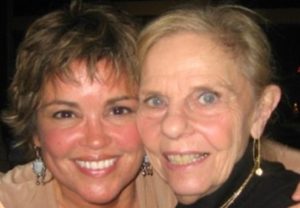 “Hi, Rae. How are you?”
“Hi, Rae. How are you?”
“Fine darling. Fine.”
“How did it go at the Doctors today?”
“Well, I went, and David went. And I have lung cancer.”
“Oh, Rae. I’m so sorry.”
“Yes, well I asked the Doctor about it and it’s spread to several places.”
“Oh, Rae. I’m sorry.”
“Well then I asked what stage it was, and the doctor said 5. Then I asked her how many stages there were, and she said 5.” (with humor!)
I said nothing. I couldn’t because she didn’t want tears from me.
“And so,” she continued,” I asked how long I had to live without chemo and I didn’t like that response… so I guess I’m going to have chemo. We’ll just see.”
“Well you know I’m here for you.”
“I know that darling.”
I think she sensed I was going to say something schmaltzy so she interrupted, “But Dr. Holt called today, and I got some good news.”
“What was that?”
“My mammogram came back, and I don’t have breast cancer!” and we both laughed. That was Rae. She died in 2009.
When I begin to feel sorry for myself because my back hurts, or my hip hurts, or my butt or face is drooping, I think of Rae.
Because Rae never cared about age. She never seemed like a woman of 75 or 80 or 82. She was beyond it. She was simply Rae and that example was only one of the magnificent gifts she gave me.
Thank you, Rae.
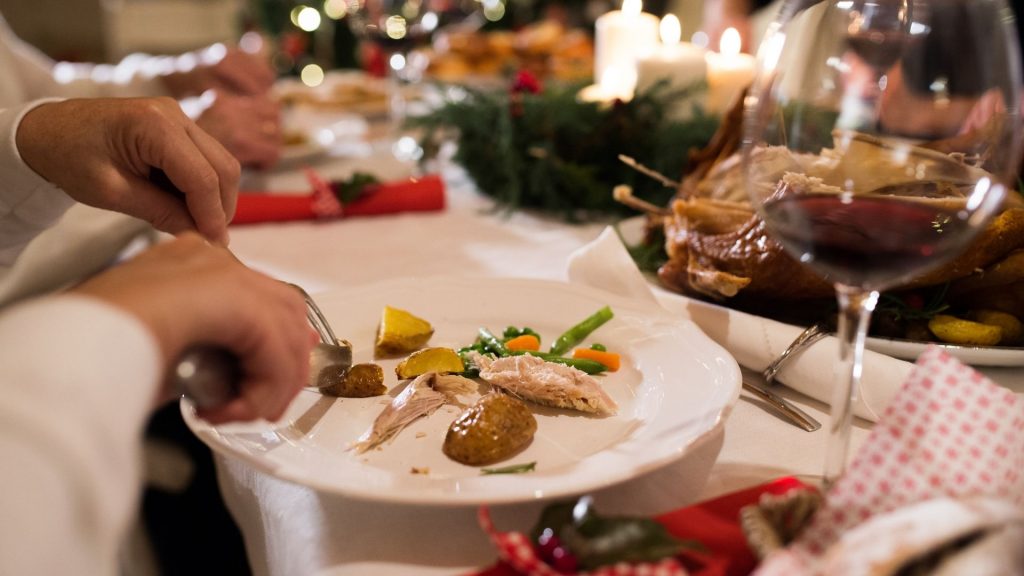


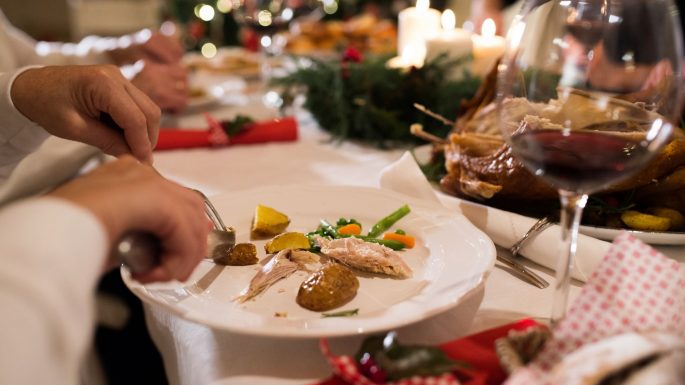
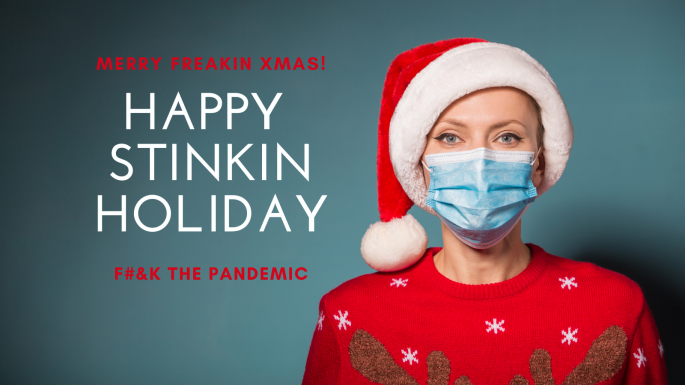



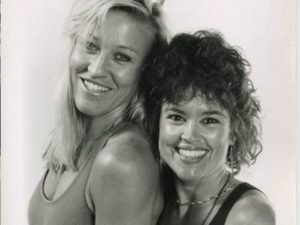 I’ve been in the health and fitness industry for nearly forty years which either means I am very old or very wise; (I am very old.)
I’ve been in the health and fitness industry for nearly forty years which either means I am very old or very wise; (I am very old.)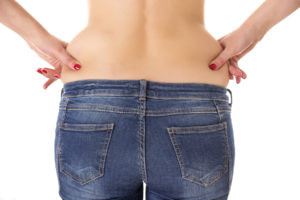
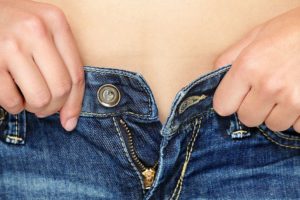
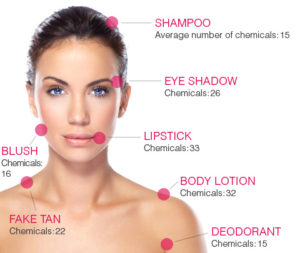 We wash our hair with them, brush them on our teeth, slather them on our bodies and apply them to our eyes, lips, and cheeks. Toxic irritants are present in most commercial shampoos, toothpaste, deodorants, cosmetics, and cleaning supplies.
We wash our hair with them, brush them on our teeth, slather them on our bodies and apply them to our eyes, lips, and cheeks. Toxic irritants are present in most commercial shampoos, toothpaste, deodorants, cosmetics, and cleaning supplies.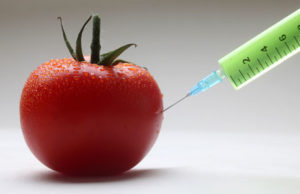 In 2004 the Centers for Disease Control and Prevention (CDC) testing a much bigger sample of 2,500 people, detected an average 116 chemicals in subjects and finally, in 2005 a third study found traces of 287 chemicals in test subjects. These toxic chemicals create inflammation and disruption of our T cells, often setting us up for inflammatory disease and/or triggering an autoimmune response.
In 2004 the Centers for Disease Control and Prevention (CDC) testing a much bigger sample of 2,500 people, detected an average 116 chemicals in subjects and finally, in 2005 a third study found traces of 287 chemicals in test subjects. These toxic chemicals create inflammation and disruption of our T cells, often setting us up for inflammatory disease and/or triggering an autoimmune response. Eating clean. This means taking a closer look at what I have been eating and getting real about my protein sources and selections. I still avoid dairy, grains, glutens, sugar and processed foods, but have been a bit lax of late with my travels and eating desserts and drinking way too much. That’s gone, NOW. My belly is my reminder: Booze = Bloat and I ain’t digging it. I’ve also taken a look at my medications and supplement list and with the help of my Naturopathic doc, Alicia Johnson, I am taking only what I need and flushing the rest (more on this in another blog).
Eating clean. This means taking a closer look at what I have been eating and getting real about my protein sources and selections. I still avoid dairy, grains, glutens, sugar and processed foods, but have been a bit lax of late with my travels and eating desserts and drinking way too much. That’s gone, NOW. My belly is my reminder: Booze = Bloat and I ain’t digging it. I’ve also taken a look at my medications and supplement list and with the help of my Naturopathic doc, Alicia Johnson, I am taking only what I need and flushing the rest (more on this in another blog).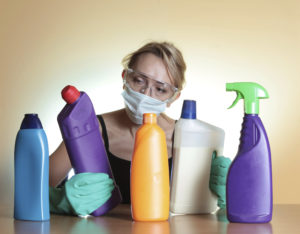 Today we are installing a new whole house water filter to decrease the toxins in our water; getting a small freezer so we can purchase grass-fed beef and afford it; replacing our soaps, shampoos, deodorants, detergents and other cleaning supplies with chemical free options; and buying organic ALL the time instead of MOST of the time- especially those fruits and veggies on the “Dirty Dozen” pesticide list.
Today we are installing a new whole house water filter to decrease the toxins in our water; getting a small freezer so we can purchase grass-fed beef and afford it; replacing our soaps, shampoos, deodorants, detergents and other cleaning supplies with chemical free options; and buying organic ALL the time instead of MOST of the time- especially those fruits and veggies on the “Dirty Dozen” pesticide list.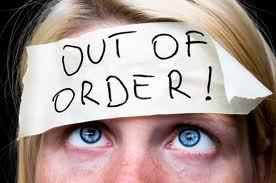
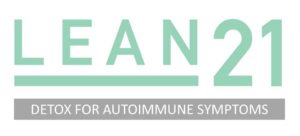 Click here for more information
Click here for more information
 Recently Herb and I went out on a date. We wanted to try a new, hot restaurant called 1900 so we made a reservation. Good news? We got in. Bad news? The only thing left open was at 6:00 pm. Now that might explain what happened next, but it was still shocking, and unwelcome, and altogether uncalled for.
Recently Herb and I went out on a date. We wanted to try a new, hot restaurant called 1900 so we made a reservation. Good news? We got in. Bad news? The only thing left open was at 6:00 pm. Now that might explain what happened next, but it was still shocking, and unwelcome, and altogether uncalled for. I looked at Herb and asked, “Did we cross over to this status without our knowledge? What’s with the all the raisins?”
I looked at Herb and asked, “Did we cross over to this status without our knowledge? What’s with the all the raisins?” I then packed a bag to drive with Herb to the Mayo clinic for the third and final visit in three weeks. It was to be a good day- at 2 pm he was scheduled to get his arm out of the straight cast he’s been wearing since having elbow surgery last month.
I then packed a bag to drive with Herb to the Mayo clinic for the third and final visit in three weeks. It was to be a good day- at 2 pm he was scheduled to get his arm out of the straight cast he’s been wearing since having elbow surgery last month. Age never bothered my client Rae Block. A diminutive force of nature, Rae’s power as a woman only increased as she aged because she only grew more into herself. She was funny; she was intense, she was smart, and she was irreverent.
Age never bothered my client Rae Block. A diminutive force of nature, Rae’s power as a woman only increased as she aged because she only grew more into herself. She was funny; she was intense, she was smart, and she was irreverent. “Hi, Rae. How are you?”
“Hi, Rae. How are you?”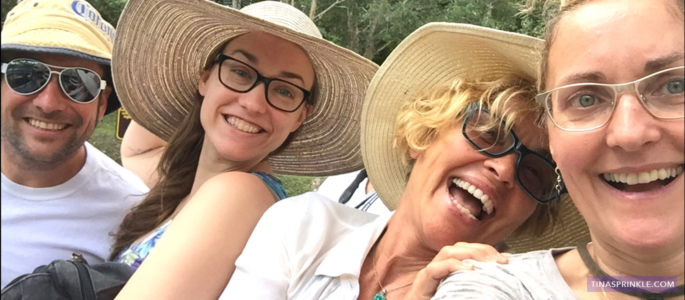
 On a recent trip, I met a young woman who’d been in a horrible car accident several months before. She’d been near death, but not ready to die, had pleaded with God to return her to life.
On a recent trip, I met a young woman who’d been in a horrible car accident several months before. She’d been near death, but not ready to die, had pleaded with God to return her to life. As it turned out, her butt was just fine and we all had a magical day together in Tikal. As we sat in our circle the next day, telling our classmates about our adventure, my friend, near tears told the group about her surgery and concerns about going to Tikal.
As it turned out, her butt was just fine and we all had a magical day together in Tikal. As we sat in our circle the next day, telling our classmates about our adventure, my friend, near tears told the group about her surgery and concerns about going to Tikal. And so, when I am triggered, I remember a long night when I was suffering, feeling lost and hopeless, desperately wanting to help someone who would not be helped. Crying, I heard a voice. The voice said calmly, “Stop. This isn’t yours. He’s fully capable. He’s able to choose. It’s not about you. Remember, ‘One Soul. One Source.’ ”
And so, when I am triggered, I remember a long night when I was suffering, feeling lost and hopeless, desperately wanting to help someone who would not be helped. Crying, I heard a voice. The voice said calmly, “Stop. This isn’t yours. He’s fully capable. He’s able to choose. It’s not about you. Remember, ‘One Soul. One Source.’ ”
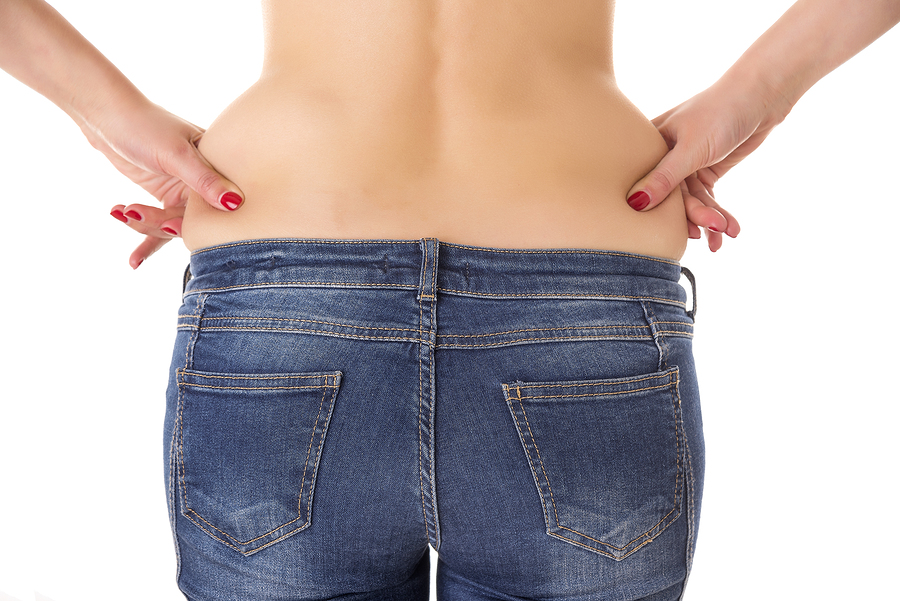
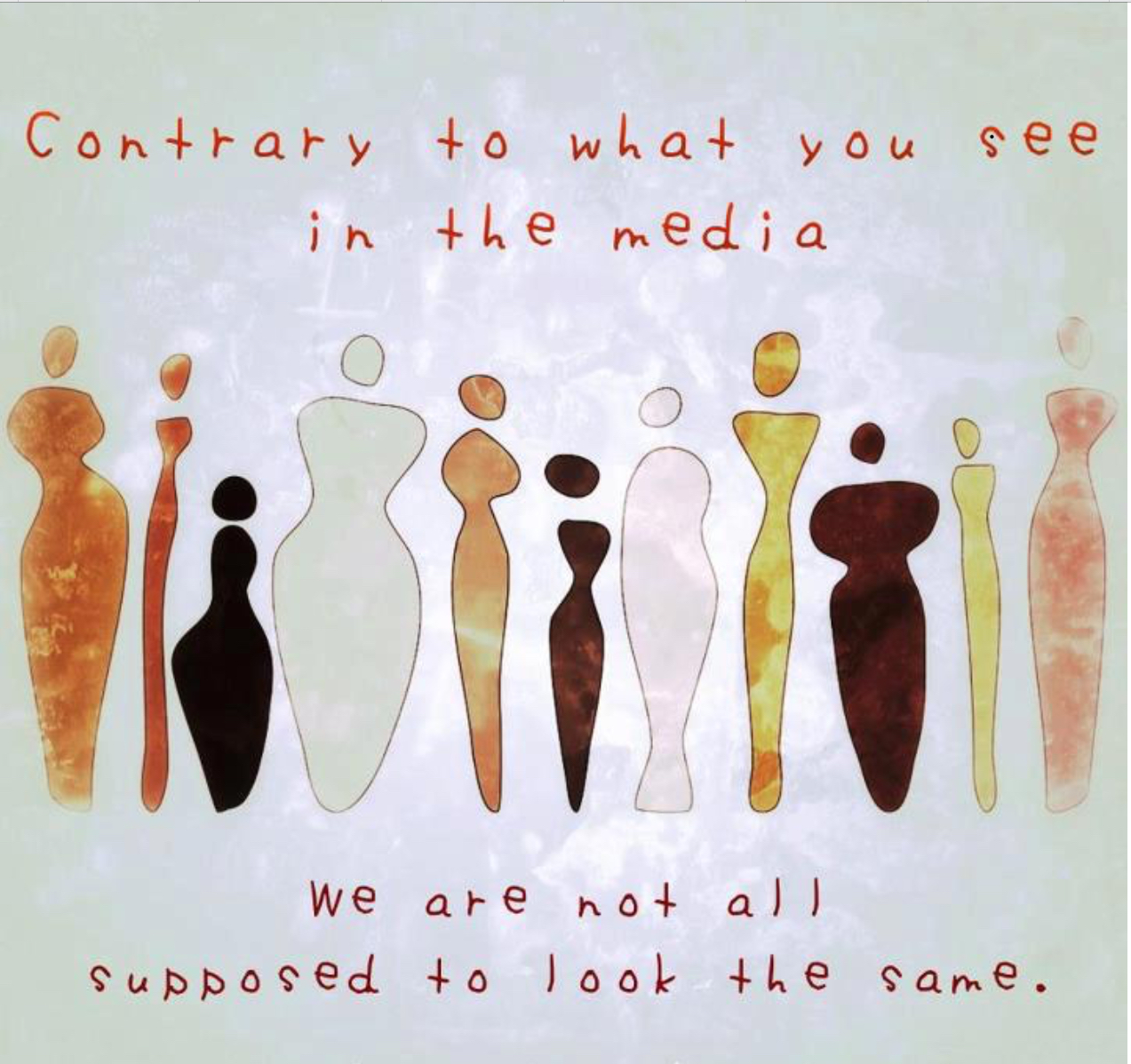
 As I’ve gotten older I am learning more about my body and appreciating it more for the amazing home it is. It’s no longer about losing 5 lbs, or fitting into the size 2 or feeling “acceptable”; it’s about being able to cherish the moments of my life, doing the things that I want to do, with the people I love, in a healthy, strong, 59-year-old body.
As I’ve gotten older I am learning more about my body and appreciating it more for the amazing home it is. It’s no longer about losing 5 lbs, or fitting into the size 2 or feeling “acceptable”; it’s about being able to cherish the moments of my life, doing the things that I want to do, with the people I love, in a healthy, strong, 59-year-old body.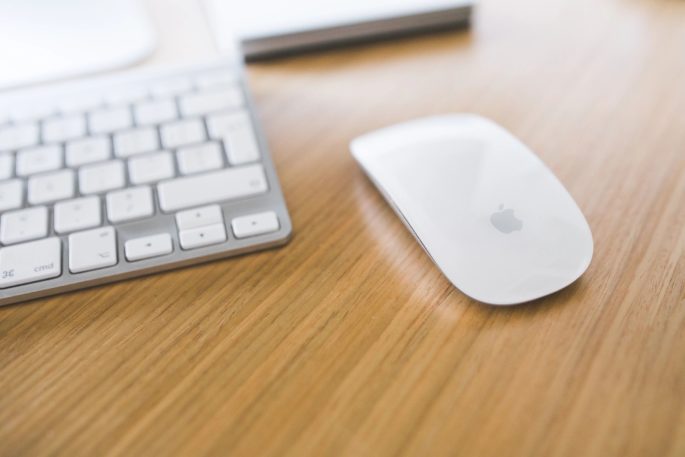
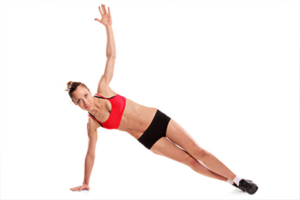 In our last T School Intensive discussion about the importance of keeping track of your food, exercise and sleep, one of our participants asked how best to record our exercise calories burned in the
In our last T School Intensive discussion about the importance of keeping track of your food, exercise and sleep, one of our participants asked how best to record our exercise calories burned in the 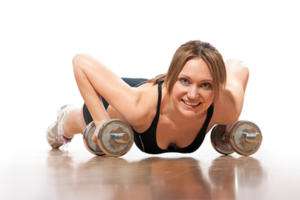
 HIGH-INTENSITY INTERVAL TRAINING (HIIT) IS THE MOST EFFECTIVE WAY TO STIMULATE THE EPOC EFFECT.
HIGH-INTENSITY INTERVAL TRAINING (HIIT) IS THE MOST EFFECTIVE WAY TO STIMULATE THE EPOC EFFECT. SO HOW TO KEEP THIS SIMPLE IN MY FITNESS PAL?
SO HOW TO KEEP THIS SIMPLE IN MY FITNESS PAL? THE BOTTOM LINE
THE BOTTOM LINE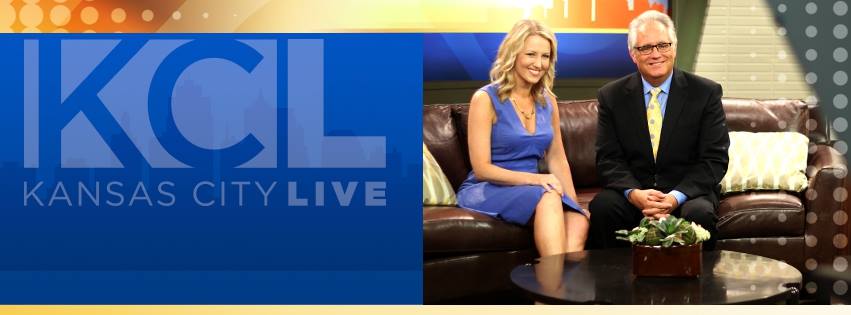
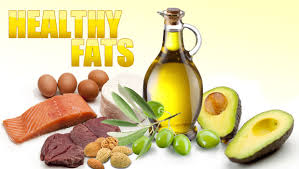 Is Eating Fat Bad for You?
Is Eating Fat Bad for You?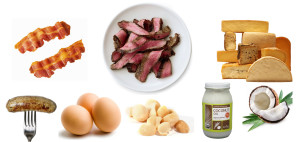 “Saturated Fats” found in animal products like milk, meat, cheese, lard, and butter may also be found in plant sources like coconuts. Saturated fats are usually solid at room temperature and have been credited with increasing our risk for heart and cardiovascular disease. That’s because the research showed that eating saturated fats increased our blood fats and cholesterol which was associated with greater risk for heart disease.
“Saturated Fats” found in animal products like milk, meat, cheese, lard, and butter may also be found in plant sources like coconuts. Saturated fats are usually solid at room temperature and have been credited with increasing our risk for heart and cardiovascular disease. That’s because the research showed that eating saturated fats increased our blood fats and cholesterol which was associated with greater risk for heart disease.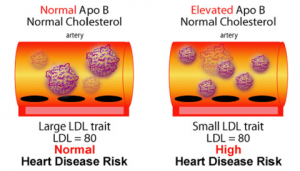 Further, scientists have discovered that our LDL lipoproteins come in two sizes and consistencies, small and dense and large and fluffy,
Further, scientists have discovered that our LDL lipoproteins come in two sizes and consistencies, small and dense and large and fluffy,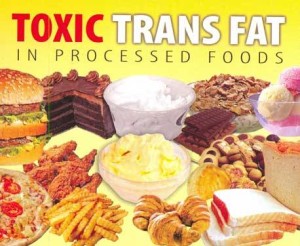 The real enemy in fighting fat is avoiding Transfats at all cost. Trans fats are man made hydrogenated oils that were designed to help extend shelf life of processed foods. Trans fat is often found in margarine, baked goods, prepared cookie dough and biscuits, and commercially fried foods and snack chips
The real enemy in fighting fat is avoiding Transfats at all cost. Trans fats are man made hydrogenated oils that were designed to help extend shelf life of processed foods. Trans fat is often found in margarine, baked goods, prepared cookie dough and biscuits, and commercially fried foods and snack chips
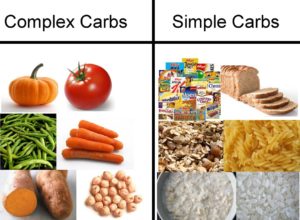 Complex carbs: Carb-containing foods that are in their whole, unprocessed form. Foods in this category include fruits, vegetables and legumes.
Complex carbs: Carb-containing foods that are in their whole, unprocessed form. Foods in this category include fruits, vegetables and legumes.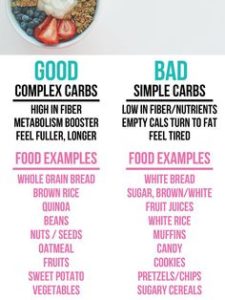 Health benefits of Complex Carbs
Health benefits of Complex Carbs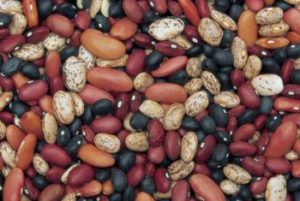 There are billions of “good” bacteria lining your intestines. They’re known as your gut microbiota. They play a role in managing several digestive disorders and have been linked to various other aspects of health.
There are billions of “good” bacteria lining your intestines. They’re known as your gut microbiota. They play a role in managing several digestive disorders and have been linked to various other aspects of health.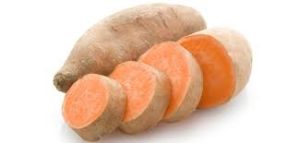 Inflammation is the body’s natural response to infection or injury. However, long-term inflammation can increase the risk of several chronic diseases. While sugary foods and refined flours promote inflammation, complex carbs help reduce inflammation.
Inflammation is the body’s natural response to infection or injury. However, long-term inflammation can increase the risk of several chronic diseases. While sugary foods and refined flours promote inflammation, complex carbs help reduce inflammation.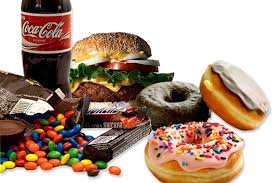 Simple carbs like refined grains and added sugars are horrible for your body.
Simple carbs like refined grains and added sugars are horrible for your body.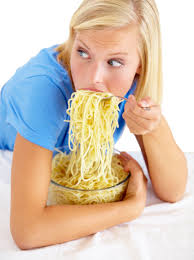 Increased heart disease risk: Sugar and refined grains increase heart disease risk. A study found those who ate the most refined grains were 2–3 times more likely to develop heart disease than those who ate the least.
Increased heart disease risk: Sugar and refined grains increase heart disease risk. A study found those who ate the most refined grains were 2–3 times more likely to develop heart disease than those who ate the least.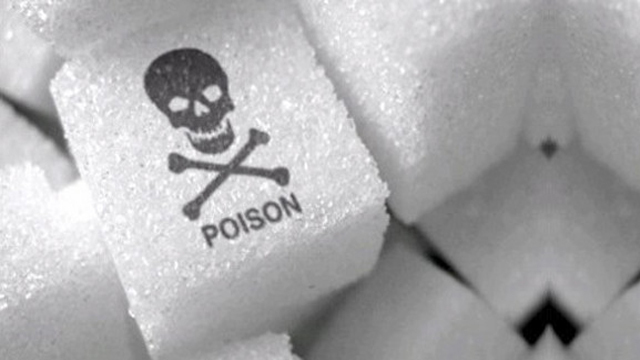
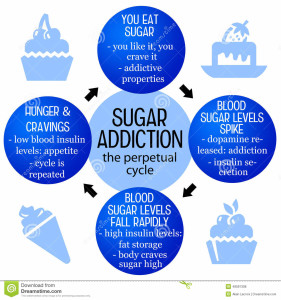
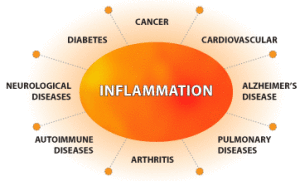
 l scale created to measure how acidic or alkaline a fluid or substance is. It ranges from 0 (most acidic) to 14 (most alkaline) with 7 being neutral. The more alkaline a food is, the more detoxing it is. Alkaline foods feed and regenerate the body instead of deplete it. In addition, they are packed with live nutrients that help detoxify the body. You need both alkalizing and acidic foods.
l scale created to measure how acidic or alkaline a fluid or substance is. It ranges from 0 (most acidic) to 14 (most alkaline) with 7 being neutral. The more alkaline a food is, the more detoxing it is. Alkaline foods feed and regenerate the body instead of deplete it. In addition, they are packed with live nutrients that help detoxify the body. You need both alkalizing and acidic foods.